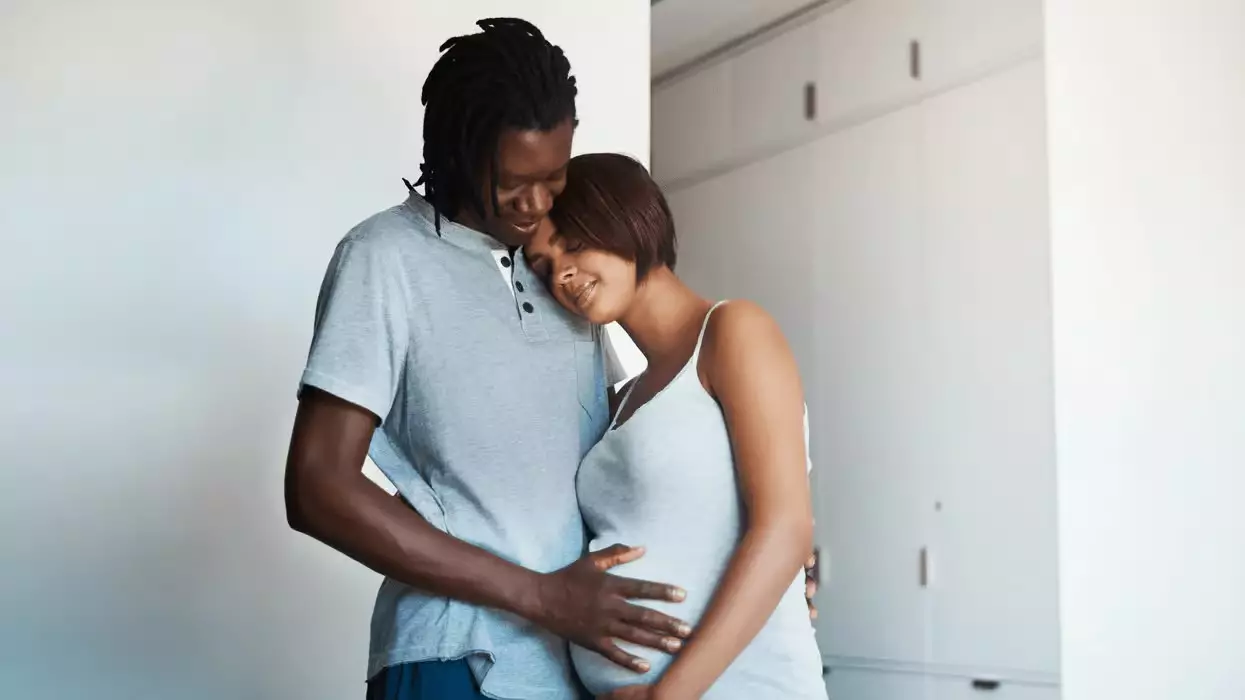Pregnancy is a remarkable journey marked by milestones that bring both joy and anticipation. One of the most magical moments for expectant parents occurs during the second trimester when a baby’s first kicks announce their presence in the womb. Every flutter and jab ignites fascination, leaving parents to ponder, “What does this feel like?” and “When will I feel it?” More than mere curiosity, baby kicks play an integral role in fetal development, signaling vitality and growth.
The Dance of Life Inside the Womb
As those little limbs begin to move, something profound happens. The experience of feeling a baby kick transcends the ordinary; it is a first connection between parent and child, a sign of life, and a testament to the miracles of the human body. For many, it is a pivotal moment that cements the reality of impending parenthood. Initially, those movements might feel like gentle flutters, often confused with digestive gurgles. Yet, as pregnancy progresses, these movements transform into unmistakable thuds that command attention.
According to groundbreaking research from the Imperial College London, fetal movement is not arbitrary; it serves a crucial purpose. The methodical analysis of fetal kicks has revealed that these exercises are not just whimsical motions but engage the developing neuromuscular system. About 20 weeks into gestation, a fetus can muster up to 6.5 pounds of force, surprising many with their strength. At 22 weeks, that power peaks at 10.5 pounds. Such astonishing force may leave one in awe, realizing that even in the womb, babies are gearing up for life beyond their amniotic home.
Understanding the Impact of Kicks on Fetal Health
While the joys of feeling kicks cannot be overstated, it’s essential to recognize their implications for fetal health. Researchers have established a correlation between fetal movement patterns and outcomes in late pregnancy, particularly relating to healthy bone and joint development as well as preventing congenital disabilities. Expert Niamh Nowlan emphasizes the importance of these movements; she states that a baby’s activity level can be indicative of their well-being. Regular kicks become a reassuring symphony that parents can tune into—a signal that all is well in their miniature universe.
Kicks serve a dual purpose; while they signal growth, they also help fine-tune the infant’s developing body. Whether it’s the innate reflexes in early gestation or more purposeful motions as weeks progress, these movements are crucial for preparing the baby for the outside world. The nurturing environment of the womb provides an opportunity for exercise that will promote healthy bones, joints, and coordination necessary for life outside.
The Variability of Experience: What Influences Kicks?
It’s fascinating to consider how each pregnancy experience can differ. Even within the same family, the sensation of kicks can vary significantly from one pregnancy to another. These discrepancies can be attributed to several factors, including the baby’s positioning, the amount of amniotic fluid present, and maternal body type. For instance, Nowlan observed that she could distinctly feel the movements of her son compared to her first child. This variability not only underscores the uniqueness of each pregnancy but also highlights the need for continuous research into fetal movement tracking.
To address the concerns of expectant parents unfamiliar with the variations in fetal movement, wearable technology is being developed to monitor and provide real-time feedback on fetal activity. Such innovations are set to revolutionize how parents interact with the nuances of pregnancy, fostering a sense of comfort and connection as they decipher their baby’s rhythmic movements.
From Kicks to Crawls: The Journey Ahead
While many mothers might find themselves awake at night due to incessant kicks, these tiny bursts of energy hint at an exciting future. This prenatal exercise sets the stage for a fully active life where crawling, walking, and running will soon become the norm. The anticipation of transitioning from feeling fetal movements to watching a toddler enthusiastically explore their surroundings is one of the many joys of motherhood.
In retrospect, the journey through pregnancy is sprinkled with these empowering moments of connection, and nothing signifies that bond better than a baby’s delightful kicks. As research continues to affirm their importance, these movements not only reinforce the parent-child connection but also serve as a reminder of the remarkable resilience and capabilities of life. Each kick stands testament to the magic of growing a human being, making every jab a cherished part of the experience.

